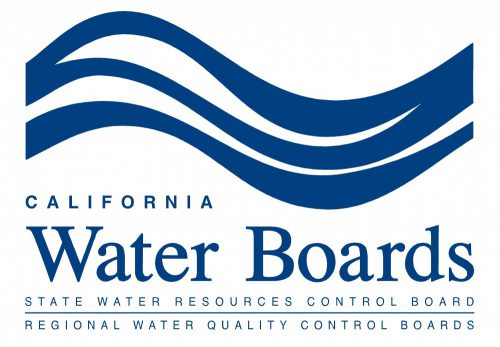Abandoning Established Water Law Does Nothing to Produce or Save One Drop of Water and Puts Our Food Supply at Risk
Drought Can Be Managed – Lack of Preparation and Common Sense Cannot
So here we are again, California. We’re coming through another dry year and watching the sky, hopeful that Mother Nature will give us a reprieve. We’ve all had a bad year, but everyone needs to buckle up because some of the biggest consumer impacts are just now showing up. Farmers, many of whom received none […]
STATEMENT: Voluntary Agreement on Water Represents the Future and Deserves Prop 68 Funding
STATEMENT: Voluntary Agreement on Water Represents the Future and Deserves Prop 68 Funding By Mike Wade, Executive Director California Farm Water Coalition California has always prided itself on cutting-edge ideas. It is the place others turn to for new solutions to old problems. We are currently faced with a choice to continue that tradition of innovation […]
Countdown: 1 Day to Drought
Countdown: 1 Day to Drought On Wednesday, the State Water Board will vote to remove enough water from the system to irrigate over 200,000 acres of farmland or meet the domestic needs of 2 million people every year. If approved, this action will lead to one of the most predictable droughts California has ever faced. […]
Countdown: 2 Days to Drought
Countdown: 2 Days to Drought On Wednesday, the State Water Board will vote to remove enough water from the system to irrigate over 200,000 acres of farmland or meet the annual domestic needs of 2 million people every year. If approved, this action will lead to one of the most preventable droughts California has faced. How […]
Countdown: 3 Days to Drought
Countdown: 3 Days to Drought On Wednesday, the State Water Board will vote to redirect enough water in the system to irrigate over 200,000 acres of farmland or meet the annual domestic needs of 2 million people every year. If approved, this action will lead to one of the most preventable droughts California has ever faced. […]
Countdown: 4 Days to Drought
Countdown: 4 Days to Drought On Wednesday, the State Water Board will vote to redirect enough water in the system to irrigate over 200,000 acres of farmland or meet the annual domestic needs of 2 million people every year. If approved, this action will lead to one of the most preventable droughts California has ever faced. Who […]
A Compromise Plan is Achievable if All Sides Come to the Table
A Compromise Plan is Achievable if All Sides Come to the Table There are a lot of discussions about what isn’t working for wildlife in California’s waterways? So what COULD work? Improving outcomes for fish species while protecting communities is possible when everyone comes together in good faith to find solutions. Local communities have made […]
The solution to pollution is not, in fact, dilution.
The solution to pollution is not, in fact, dilution. While a catchy phrase, scientific and other experts generally agree that the “solution to pollution is dilution” approach leaves much to be desired. Relying on dilution to solve the Delta’s water quality problems is at best wasteful of this precious resource, and at worst destructive to […]
Reactions to State Board Unimpaired Flows Action
Reactions to State Board Unimpaired Flows Action On September 15, the State Water Resources Control Board released an updated proposal for the Bay Delta Water Quality Plan, expanding the pursuit of increased flow in it’s approach for addressing species decline in the Sacramento-San Joaquin River system. “If implemented, the State Water Board’s rule will have […]
